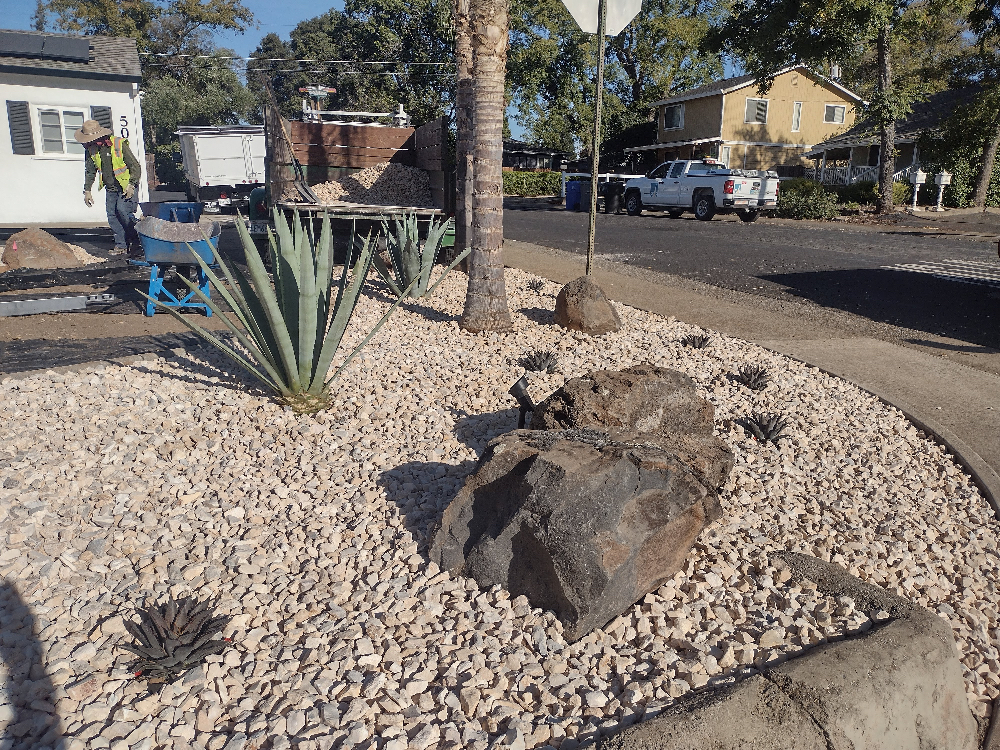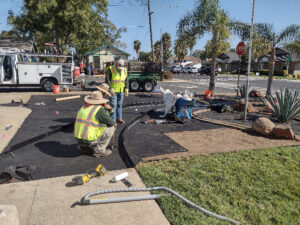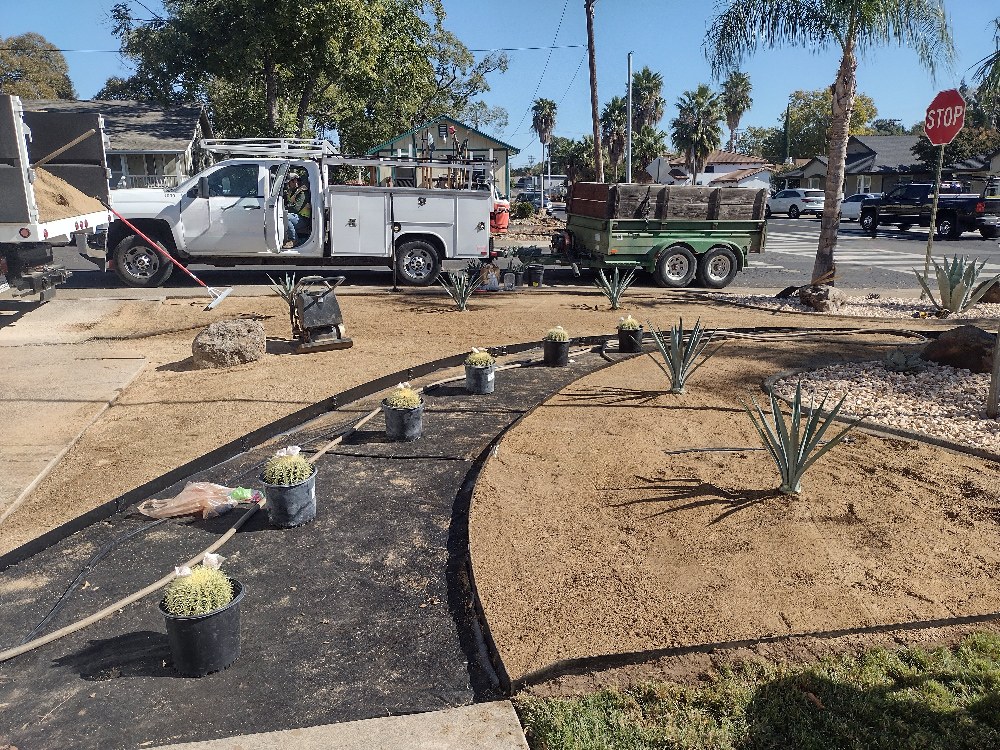California’s Potable Water Ban on Non-Functional Turf: What Property Owners & Managers Need to Know
A new California piece of legislation announced in 2023 banning potable water use on non-functional turf is set to change how property managers, HOAs, and business owners maintain their landscapes. Assembly Bill 1572 passed in October of 2023, bringing new challenges for those managing commercial and community properties.
This article will break down how the bill will impact your property, help you prepare for compliance, provide insights on making water-efficient upgrades and make the transition seamless together.







What is AB1572?
Assembly Bill 1572 is a forward-thinking water conservation measure to reduce California’s water use in urban landscaping. Officially in effect since January 1, 2024, the legislation focuses on removing non-functional turf grass—areas that exist solely for aesthetics—and replacing it with sustainable, low-water-use landscapes.
The Shift Away from Non-Functional Turf?
Non-functional turf refers to purely ornamental grass that does not serve a recreational, community, or environmental function. Examples include:
Key Provisions of the Bill
Why the Focus on Potable Water?
Potable water is safe for human consumption and essential for drinking, bathing, cooking, and other daily needs. It comes from treated tap water, wells, and springs. With increasing water scarcity, California is prioritizing its use for essential purposes, placing restrictions on watering non-functional turf to ensure sustainability and ensuring resources are protected for future generations.
By making these changes, California aims to conserve water and promote environmentally responsible landscaping. Property owners should start planning now to stay ahead of regulations and avoid penalties.
Key Dates to Complete Turf Conversion
For property managers, failing to comply can result in fines and additional costs so plan ahead and start discussing your needs and available budget. Here are the key dates:
Taking early steps to replace non-functional turf will not only keep your property compliant but also provide access to limited-time rebates for updates.
How to Prepare for These Changes?
To ensure compliance and position your property for success, here are the four most important steps.
1. Assess Your Current Landscape
Before making any changes, analyze your property to identify areas of nonfunctional turf. Begin with the following questions to create a detailed audit of your site:
Sperber offers helpful services like Reclaimed Water Conversion Surveys. These surveys assess whether your current irrigation systems can transition from potable water to reclaimed alternatives.
2. Budget for Sustainable Upgrades
Transforming your landscape to align with the regulations requires strategic planning and budgeting. Break your updates into manageable phases to minimize disruption and spread out costs. Some proactive steps include:
3. Select the Right Materials
Opt for durable, eco-friendly solutions when it’s time to make changes. These include drought-resistant plants, sheet mulching and retrofitted irrigation for efficient watering.
Sperber specializes in creating thoughtful, water-efficient designs. Need guidance? Our team can advise on materials to maximize compliance, cost-effectiveness, and long-term sustainability.
4. Establish a Phased Approach
For those managing large portfolios of properties, tackle compliance projects in phases. Start with smaller, non-critical areas to learn lessons and refine the approach before scaling to larger or more complex sites.
Case Study: Harbor Bay PArkway Median Project
A Blueprint for Complying with California’s Potable Water Ban
The Harbor Bay Parkway Median project in Alameda, California, is a powerful example of how Cagwin & Dorward, a Sperber Company, exemplifies how to comply with the mandate while achieving significant savings.
The Harbor Bay Parkway Median project in Alameda offers a proven path forward. By replacing 2.5 miles of high-maintenance turf with sustainable, water-efficient landscaping, the project employed innovative techniques such as sheet mulching, retrofitted irrigation systems, and the introduction of drought-tolerant plantings. These strategies not only adhered to compliance standards but also brought remarkable improvements in water efficiency and cost management, all while supporting a more environmentally friendly approach.
Key Results:
This initiative is a valuable model for property owners and managers looking to adapt to California’s mandates and save resources. Click here to read the complete case study to learn more.
Best Practices for Sustainable Landscapes
Beyond compliance, adopting sustainable landscaping practices ensures your property stays environmentally conscious and cost-efficient. Here’s how to go beyond the basics to build a resilient, thriving landscape.
By integrating these practices, your landscape won’t just meet regulatory standards— it will stand out as an eco-friendly, attractive, and cost-efficient asset to your property.
Why Start Planning Now?
While these changes may initially seem daunting, remember there’s an ROI tied to these changes. Removing non-functional turf will reduce water use and lead to lower water bills over time. By proactively planning for these changes, your property can lead the way in sustainable landscaping and water conservation.
Although the deadlines for compliance may seem distant, waiting until the final hour can cause unnecessary headaches and added expenses. Tackling turf removal and landscape conversion sooner enables you to phase changes over time, secure better pricing, and avoid surcharges as demand rises leading up to the compliance date.
Here’s why early action matters:
Need help navigating the transition? Sperber offers a full suite of services and guidance to ensure your property complies with the changes coming down the line in California, from reclaimed water surveys to custom redesigns backed by 3D renderings. Plus, with their detailed budgeting and phasing plans, your upgrades are financially manageable every step of the way.
Contact Sperber today to get started to put a plan in place and begin the process toward compliance.
Additional Resources
Looking for more information? Check out these helpful resources:






